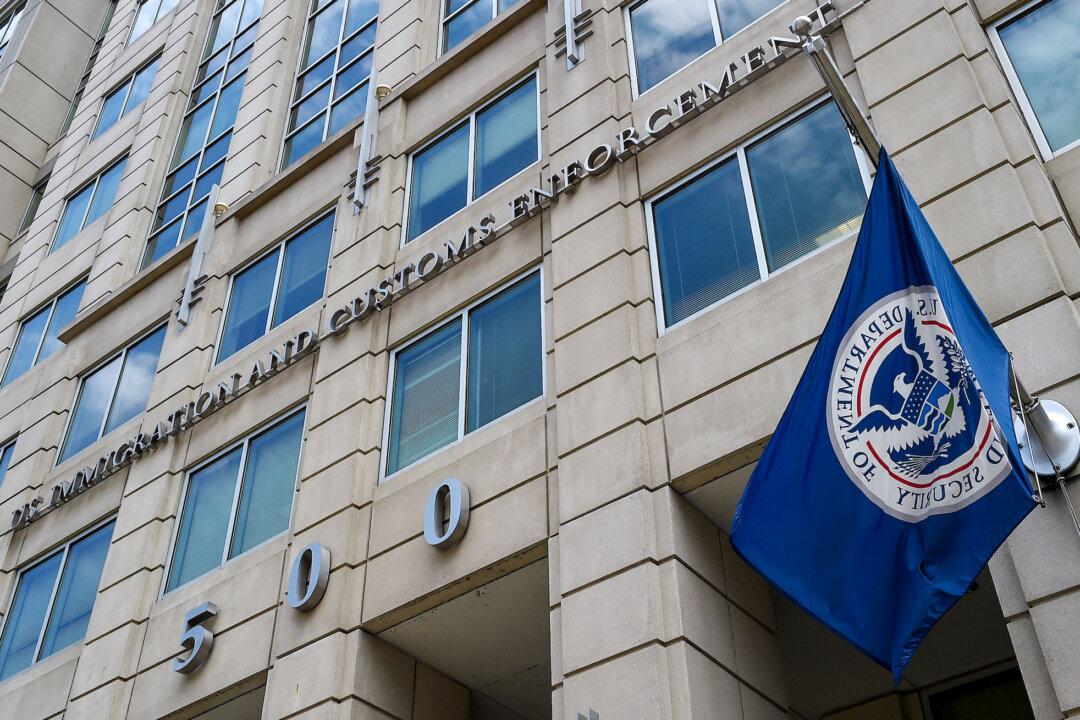The cost-of-living crunch that’s frustrating American households is also putting the squeeze on the U.S. Postal Service (USPS), which on Friday announced plans to raise prices to “offset the rise in inflation.”
The new rates, which have been approved by USPS Governors but still need to be reviewed by the Postal Regulatory Commission, include a 4.2 percent price increase for first-class mail.
The cost of mailing a 1-ounce letter will go up from 60 cents to 63 cents, while domestic postcards will go up from 44 cents to 48 cents.
No changes are planned for the single-piece letter, which remains at 24 cents.
Inflation’s Disproportionate Impact on USPS
Inflation, which has been running close to a multi-decade high, has had a disproportionate impact on the Postal Service, according to the USPS Office of Inspector General (OIG). This is because of restrictions on USPS investments, pay bumps tied to collective bargaining agreements, limits on rate increases, and constraints on hedging against rising fuel costs.In a report on the impact of inflation on the Postal Service, the OIG said two-thirds of USPS’s $82 billion in annual expenses goes to labor costs, with nearly three-quarters of its workforce getting cost-of-living adjustments twice a year.
These cost-of-living adjustments are part of the USPS’s collective bargaining agreements and are separate from annual pay bumps that Postal employees get.
Eligible employees got an adjustment of $1,935 in July 2021, according to the OIG report, an amount around ten times higher than what they received in July 2020.
Businesses that are less constrained by union agreements would face lower cost pressures than the Postal Service.
Another way that the USPS faces an outsized impact from inflation is by restrictions on how it can invest its liquid assets. The Postal service is restricted to investing in short-term Treasury securities, whose low interest rates don’t keep up with the rate of inflation.
Businesses that don’t face the same kind of constraints are free to seek out higher-yielding investments.
Another way inflation has a disproportionate impact on USPS relative to private sector businesses is through fuel costs.
The OIG report notes that USPS doesn’t hedge fuel prices by buying fuel for the future at a predetermined earlier price, which is a way businesses can mitigate the impact of price volatility.





